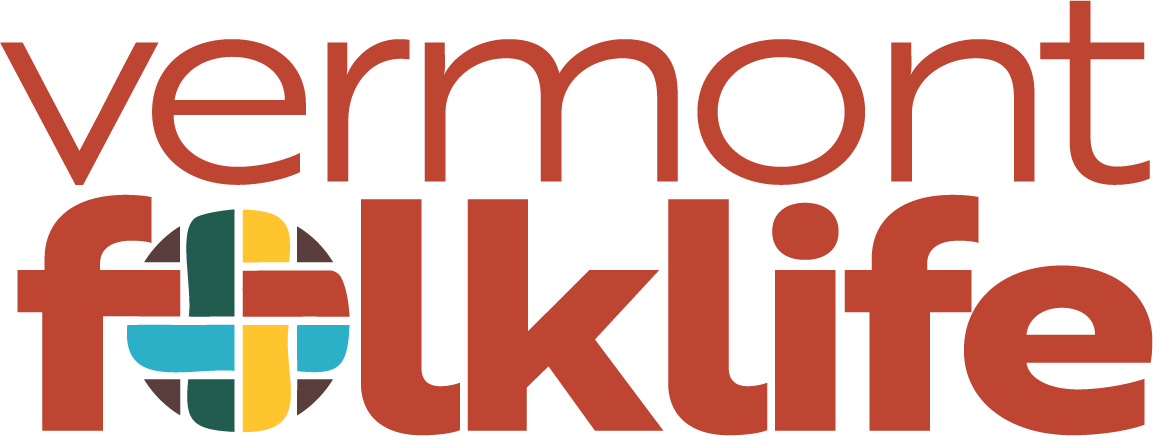Lesson #3 – What’s in a Favorite Song?
Time: 40-50 Minutes
Creator: Betsy Nolan, Musical Educator
Institution: Edmunds Elementary, Burlington, VT
Objectives:
What is this lesson about?
In this lesson students will have an opportunity to bring music to the class to share. They will continue to work on description and what elements will impact their personal music preferences.
Learning Objectives:
- Students will describe a student selected piece of music.
- Students will explore how their personal, artistic tastes are shaped by their identity.
Lesson Plan: NNP #3
Section 1: Engaging
Have students write down their favorite song.
What is the purpose of the song?
Share your responses with a partner.
Section 2: Listening & Responding
Offer students the option of sharing a recording of their favorite song, so long as it is appropriate for school, with the group. Allow the student to share his/her thoughts about the song before listening.
Possible Questions:
1. What do you hear? – Use the word bank to describe the song
Vocabulary Word Bank
Melody, harmony, major, minor, instruments, loud, soft, dynamics, tempo, beat rhythm, timbre, crescendo, decrescendo, form, verse, chorus, bridge, mood
2. What questions do you have for the person who selected the song?
3. What surprised you about their choice? What connections does this song have to your favorite song?
Section 3: Social & cultural practice
Have students take a few minutes to write a response to the following prompt.
1. How is your taste in music influenced by your ethnicity? Your gender? Your race? Your friends?
2. Give students a chance to share their ideas with a partner.
3. Give students an opportunity to report out to the class if they would like to.
Section 4: Collective Reflection
Facilitate reflection, possibly stepping back except to record responses on the board, of what it was like to learn the song.
Possible prompts to give:
1. What surprised you about people’s favorite songs?
2. What might you be able to guess about a person based on their favorite song?
3. Did the song choices in this class vary a lot or a little? What might account for these variations? How would the variations be different if this were an international school? An all boys or all girls school?
Section 5: Taking it out into the World!
Offer students the opportunity to continue the conversation outside of class by exploring the favorite songs of their friends and family.
Questions for them to consider:
What style is it?
- Why does this song “speak” to you?
- How did you learn it?
- How long has it been your favorite song?
- Why did or didn’t your favorite song change over time?
- What similarities did your favorite songs have? Difference?
- Describing aural examples of music using appropriate terminology (e.g., pitch, rhythm, tempo, dynamics, form, timbre, texture, articulation, harmony, phrasing, style).
- Explaining qualities (elements, principles of design, expression) that may evoke emotion and meaning.
- Relating varied interpretations of works of art using some or all of the following (e.g., observation, personal experience, cultural context).
- Comparing/contrasting works of art, which may include a student’s own work.
- Demonstrating an understanding of how the arts contribute to physical and mental health (e.g., self-expression, such as anger, joy, confusion, frustration).
- Researching and describing how the arts reflect cultural values in various traditions throughout the world.
- Analyzing how shared values and beliefs can maintain a subculture (e.g., political parties, religious groups). i
- After examining issues from more than one perspective, defining and defending the rights and needs of others in the community, nation, and world (e.g. AIDS in Africa; One Child Policy in China; nuclear waste disposal). i
- Analyze differences and similarities among people that arise from factors such as cultural, ethnic, racial, economic, and religious diversity, and describe their costs and benefits.
Vermont Framework of Standards
MUSIC STANDARDS
Students show understanding of music CONCEPTS and VOCABULARY by…
A7-8:14 Students analyze, interpret, and respond to art by…
A7-8:17 Students show understanding of how the arts impact life by…
A7-8:18 Students show understanding of how the arts shape and reflect various cultures and times by…
SOCIAL STUDIES STANDARDS
H&SS7-8:16 Students examine how different societies address issues of human interdependence by…
